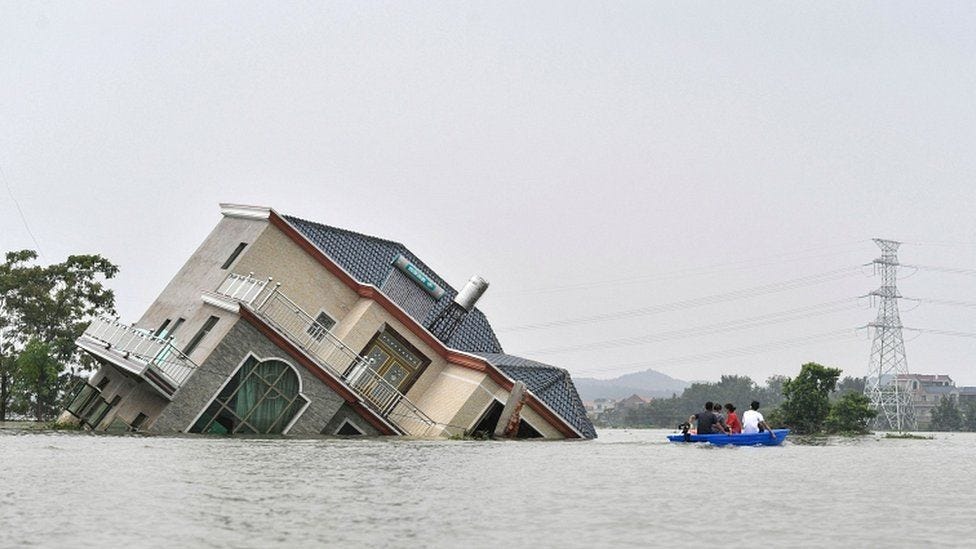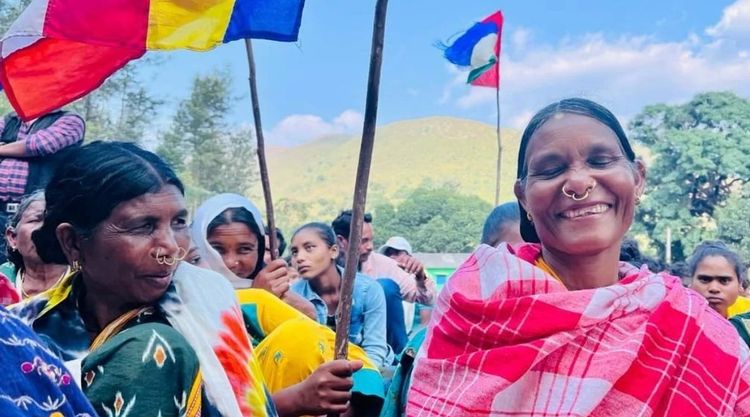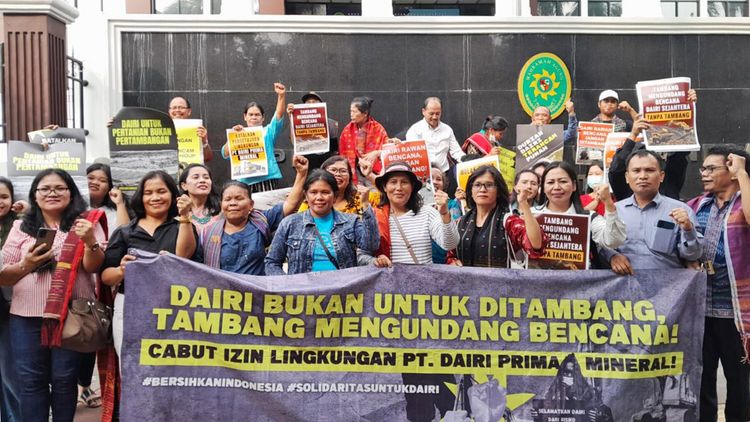Breaking News Backgrounder #1 – Asia Floods

Floods are ravaging Asia
In the past month, unusually heavy, persistent rains have caused flood disasters in several Asian countries. Japan, China, Indonesia, Nepal and India have all experienced historical flooding, and widespread loss of life. The timing is not a coincidence – there’s strong evidence that climate change is playing a role in making rainfall both less predictable, and heavier. There’s a more direct human component too – the building of dams, the destruction of floodplains, wetlands, and sea level rise are all making the social and financial impact of floods greater.
In this Breaking News Backgrounder, you’ll find links to the best reporting on this undercovered story, and links to articles that help you understand not only what is behind these floods, but their potential impact going forward. Backgrounders are special issues of Asia Undercovered, that focus on giving readers contextual understanding of a breaking news story, allowing you to go beyond the headlines and simplistic, pundit takes that dominate too much western reporting on Asia.
Undercovered Flooding
The scale of flooding is hard to imagine, but here’s the situation thus far. In nearly every region, these are the worst floods in at least a decade.
- Japan – At least 57 dead, 876,000 evacuated, and thousands trapped in Kyushu (Japan Times).
- Indonesia – At least 38 killed, dozens missing, and thousands displaced in South Sulawesi, with flooding also reported in West Papua (Jakarta Post).
- China – 140 dead, 28,000 homes destroyed, 38 million affected (Al Jazeera).
- South Asia – 71 dead, 3.5 million affected in Northeast India (DowntoEarth), 132 dead and more than 4,500 landslides in Nepal (Times of India) and one-third of Bangladesh underwater (Dhaka Times).
Despite this, international media attention has been fleeting. Part of this is the pandemic sucking up media attention, but also a recurring pattern where natural disasters in Asia garner less attention as compared to disasters in the United States or Europe.
Devastation amid a pandemic
Unfortunately, many of the countries facing flooding are also seeing rising Covid-19 cases. The concern — millions of displaced, forced to be housed in close quarters or migrate great distances, could spread the virus and make it more difficult to both provide aid, and protect public health.
In the Indian state of Assam, one of the worst-hit by the floods, this is the main concern. According to The New Humanitarian, there are no social distancing protocols or other safety measures in relief camps, where lack of food, water, and hygiene support are also major problems.
In Japan, the floods came alongside a second wave of infections, with many concerned that shelters could play a role in spreading the disease.
Development making the crisis worse
In China, dams and massive urbanization are key factors. This piece from Inkstone by Qin Chen looks at what’s driving the now-yearly floods, and how it could become worse in the future. One dam was already destroyed due to the floods. The Three Gorges Dam, the largest in the world, is facing strain and has not been able to alleviate flood risk, despite promises, reports David Stanway in Sydney Morning Herald.
In India, data shows flooding has been getting progressively worse, and erosion in the Ganga basin is likely playing a key role, reports Kumar Vikran in New Indian Express.
Unfortunately, governments are not taking this threat seriously. Dozens of dams are still being planned along Asia’s major rivers, and other infrastructure projects could also make flooding worse. Case in point – Cambodia, where a massive satellite city project near the capital Phnom Pehn would devastate wetlands and put a million people at risk of being flooded, reports ABC News Australia.
Role of Climate Change
Infrastructure is not the only human impact making the floods worse. Climate change is likely playing a key role. In fact, this has been predicted (and reported on) for some time.
The South Asian monsoon has been altered, and that’s a big problem, as over a billion people depend on these season rains for sustenance. In fact, scientists’ forecast that climate change means fewer rainy days but more rainfall on those days – a recipe for not only flooding, but also drought (The Third Pole).
In Southeast Asia, a region of islands, deltas, and populations concentrated along low-lying coastlines, sea-level rise is likely to massively acerbate flooding, argues Joshua Kurlantzick in WPR. It’s already happening - four countries in the region – Myanmar, The Philippines, Thailand and Indonesia are among the 10 countries most affected by climate change in the past 20 years.
Meanwhile, Akane Okutsu reports that scientific evidence shows that climate change is bringing more deadly downpours during the rainy season in Japan. Unfortunately, Japan has not taken a strong position on climate change globally, making them partly to blame for this mess (Nikkei).
It’s not over
Heavy rains will likely continue across much of Asia, and could get worse as the Pacific and Indian Ocean tropical seasons approach. A powerful typhoon hitting Kyushu, or Bengal, could acerbate flooding and put an added burden on already strained infrastructure.
I’ll be watching the flood situation closely, and sharing updates in the regular bi-weekly issues. If this issue is of particular importance to you, let me know and I’ll consider doing another special issue on this as the situation evolves.
—
Nithin Coca
PS. One perk of subscribing is that you are welcome to forward this backgrounder to anyone who you feel needs to know more about the floods, or post it on social media using the button below.

Asia Undercovered: In-depth round-ups and analysis of the news, events, trends and people changing Asia, but not getting enough attention in the US media.





Member discussion